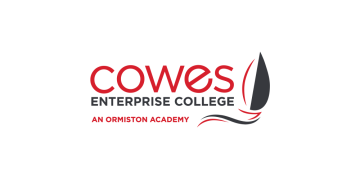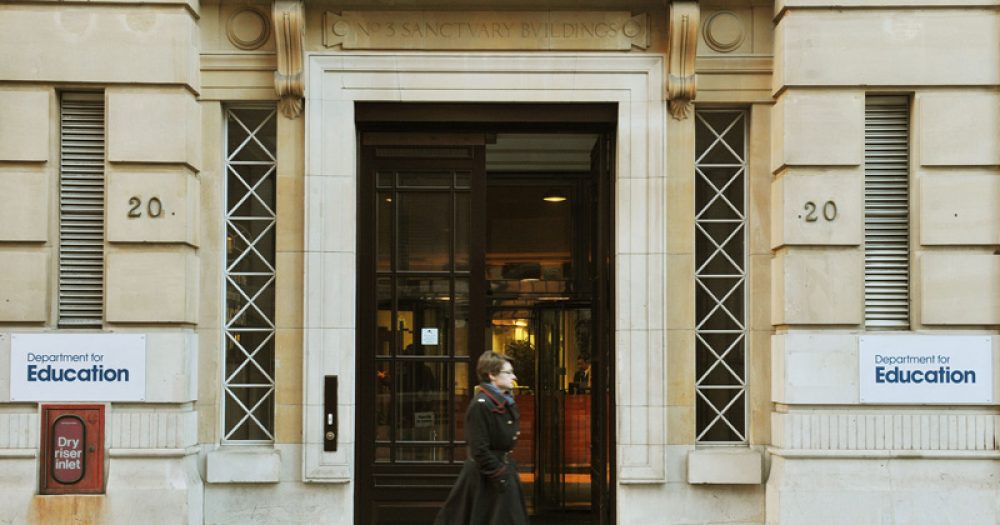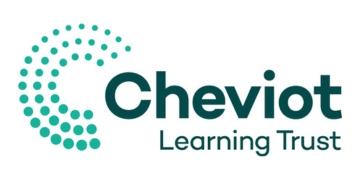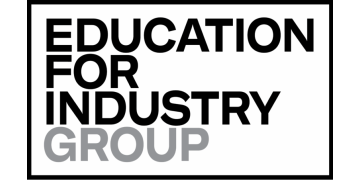The attainment gap between disadvantaged children and their better-off peers could widen by as much as 75 per cent because of the coronavirus outbreak, a senior Department for Education official has warned.
Vicki Stewart, the deputy director of the DfE’s pupil premium and school food division, told a Westminster Education Forum event on Wednesday that the pandemic and the resulting partial school closures would “almost certainly” have “a very significant impact” on the attainment gap.
We are all working very hard to think about what actions we can take to support schools in mitigating against the widening of that gap
“The predictions are stark – up to a 75 per cent widening,” she said. “We are all working very hard to think about what actions we can take to support schools in mitigating against the widening of that gap, and how, in the slightly medium longer-term, we can support schools as part of their recovery phase to narrow that gap.”
Her warning followed calls from senior MPs, led by Robert Halfon, the chair of the education select committee, for a catch-up premium to pay tutors to help to bridge the growing gap.
Schools have been closed since March 20 to all but the most vulnerable pupils and the children of key workers.
The latest data shows that just 14 per cent of vulnerable children attended school last week and that most looked-after children and those with education, health and care plans were also not attending.
And a recent YouGov poll found 51 per cent of teachers had pupils who had “dropped out of education altogether” during lockdown, while more than 70 per cent said coronavirus would cause moderate or mild harm to their pupils’ education.
Schools Week revealed last week that four charities – the Education Endowment Foundation (EEF), Sutton Trust, Impetus and Nesta – had been in talks with the government over plans for a national tutoring pilot.
On Monday, Boris Johnson appeared to confirm ministers’ involvement, telling MPs the government was “working with the EEF and other partners to see what we can do to support the most disadvantaged and vulnerable children”.
Javed Khan, the chief executive of the Barnardo’s children’s charity, said schools would face a “huge spike in demand” for support from “hidden children” who had become vulnerable as a result of the coronavirus crisis.
“The impact of the isolation that they are living with, the mental health issues that they are now facing that they weren’t before . . . they are not being contacted because they were not in the system before this began.”








The attainment gap is currently 3.70 at Key Stage 4 according to DfE stats. If it widens by 75%, it would become 6.47.
A gap such as this would appear catastrophic. But the way the gap is calculated is controversial. And focussing on the gap diverts attention from other pressing issues.
Teachers alone can’t be made solely responsible for closing the attainment gap. The most effective way would be to put in place measures to bring children out of poverty.
In the meantime, schools in England are being pressurized to start re-opening on 1 June. Those in Scotland, Wales and Northern Ireland are not.
https://assets.publishing.service.gov.uk/government/uploads/system/uploads/attachment_data/file/863815/2019_KS4_revised_text.pdf
The most effective way to close the attainment gap, is to identify the children who are struggling with literacy, in Year 1, and to provide them with 3 x weekly support, in school, following a structured and cumulative synthetic phonics programme, taught in small groups (max 6 children), by a trained teacher.
Those children who are still under-achieving by Year 2 should have a formal assessment of their learning needs to diagnose their cognitive strengths and weaknesses. This will enable their teacher to plan an appropriate programme of remediation and to call in other professional support, if needed e.g. speech therapy, occupational therapy.
It is likely, at this stage, that many of these children will be identified with Specific Learning Difficulties, such as dyslexia, characterised by poor phonolgical awareness, poor verbal processing speed and poor verbal memory. These children will require weekly, individual, multi-sensory teaching, from a specialist, dyslexia trained teacher, if they are to fulfil their potential. If there is no specialist teacher in school, it will be necessary to buy in an outside dyslexia service. Schools need to be given the money to fund this.
It is vital that children who are struggling, are identified and assessed, as early as possible. This is the only way to prevent a cycle of failure which leads to a myriad of emotional and behavioural issues which affect self confidence, motivation and aspiration.
Without this support, children are regularly arriving at secondary school without the literacy skills to cope. These failing teenagers are nearly 3 and a half times more likely to be excluded from school.
As the attainment gap widens, due to Covid, and children with poor literacy skills are unable to access online learning, early intervention will be even more vital.
Schools can only go so far in closing this gap, and many do their very best but it is down to the government to close the gap. We need to start from a more egalitarian position to truly sole the issue. Meanwhile, schools will do what they can.